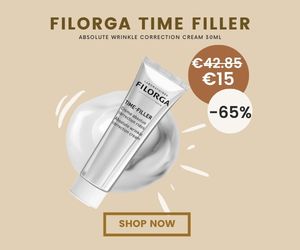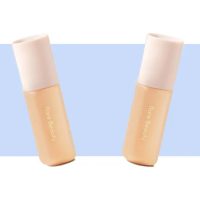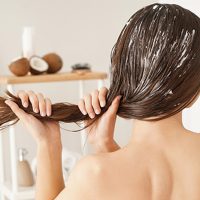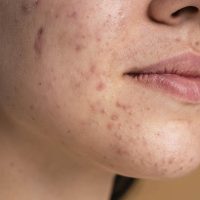I understand the importance of skincare in our daily lives, especially when it comes to sun protection. Sunscreen is not only a beauty necessity but also a crucial shield against the harmful effects of ultraviolet (UV) rays. In this comprehensive guide, I will walk you through the intricacies of choosing the best sunscreen products, explain the differences between UVA and UVB rays, discuss the role of physical sunscreens, and show you how to incorporate sun protection into a simple skincare routine. Additionally, I will recommend some top international sunscreen products to help you make informed decisions.
Unleash Your Adventure with Columbia Sportswear
– Where Style Meets Performance!
Elevate Your Outdoor Experience with Our Premium Gear – Explore, Conquer. and Look Good Doing It. Embrace the Elements in Columbia's Cutting-Edge Designs. Gear Up for Greatness, Unleash Your Inner Explorer!
Find your gearUnderstanding Sunscreen: The Basics
Sunscreen is essential for protecting your skin from the damaging effects of UV radiation, which includes both UVA and UVB rays. Each type of UV ray affects the skin differently but both can pose significant risks to your skin’s health.
1. UVA Rays
UVA rays have a longer wavelength and can penetrate deeper into the skin’s dermis. Prolonged exposure to UVA rays can lead to premature skin aging, the formation of dark spots, and an increased risk of skin cancer. UVA rays are present throughout the day, regardless of the weather, meaning they can harm your skin on both sunny and cloudy days.
2. UVB Rays
UVB rays primarily affect the skin’s surface, causing sunburn and erythema. They are the main cause of sunburn and play a significant role in developing skin cancer. UVB rays vary in intensity throughout the day and are strongest between 10 AM and 2 PM.
The Role of Physical Sunscreens
Sunscreen products can be broadly categorized into physical (mineral) and chemical sunscreens. Physical sunscreens contain active mineral ingredients like titanium dioxide and zinc oxide, which create a physical barrier on the skin’s surface to reflect and scatter UV rays, preventing them from penetrating the skin.
1. Advantages of Physical Sunscreens
- Gentle and Non-Irritating: Physical sunscreens are natural and less likely to cause skin irritation, making them ideal for sensitive skin and children.
- Immediate Protection: These sunscreens provide immediate protection upon application, with no waiting time needed for absorption.
- Broad-Spectrum Protection: Physical sunscreens effectively block both UVA and UVB rays, offering comprehensive protection.
2. Disadvantages of Physical Sunscreens
- Thicker Consistency: Physical sunscreens tend to have a thicker texture, which can be difficult to apply evenly and may leave a white residue on the skin.
- Makeup Interference: The thicker consistency can affect the longevity and appearance of makeup, especially in hot and humid conditions.
The Role of Chemical Sunscreens
Chemical sunscreens work by absorbing UV rays and converting them into heat, which is then released from the skin. Common ingredients include avobenzone, octocrylene, and octisalate.
1. Advantages of Chemical Sunscreens
- Lightweight Texture: Chemical sunscreens are often lightweight and easy to spread evenly on the skin without leaving a white residue.
- Makeup Compatibility: They tend to be better suited for use under makeup, as they do not interfere with the application and wear of other cosmetics.
2. Disadvantages of Chemical Sunscreens
- Potential for Irritation: Some chemical ingredients can cause irritation or allergic reactions, particularly in sensitive skin types.
- Time-Dependent Protection: These sunscreens need to be applied 15-30 minutes before sun exposure to be effective, as they require time to be absorbed into the skin.
How to Choose the Right Sunscreen for You
1. Determine the SPF (Sun Protection Factor)
SPF measures a sunscreen’s ability to protect against UVB rays. For daily use, an SPF of 30 is usually sufficient, but for extended outdoor activities or intense sun exposure, an SPF of 50 or higher is recommended.
2. Ensure Broad-Spectrum Protection
Choose a sunscreen that offers broad-spectrum protection, which means it guards against both UVA and UVB rays. Look for labels that state “Broad Spectrum” or “Full Spectrum” on the packaging.
3. Consider Your Skin Type
Different skin types have different needs. Oily skin may benefit from oil-free or mattifying formulas, while dry skin might require a more hydrating sunscreen. Sensitive skin types should opt for gentle, fragrance-free physical sunscreens.
4. Match the Sunscreen to Your Activity
Your choice of sunscreen can also depend on your planned activities. For swimming or high-intensity sports, opt for water-resistant formulas. For daily urban use, lightweight, non-greasy sunscreens are preferable for easy reapplication.
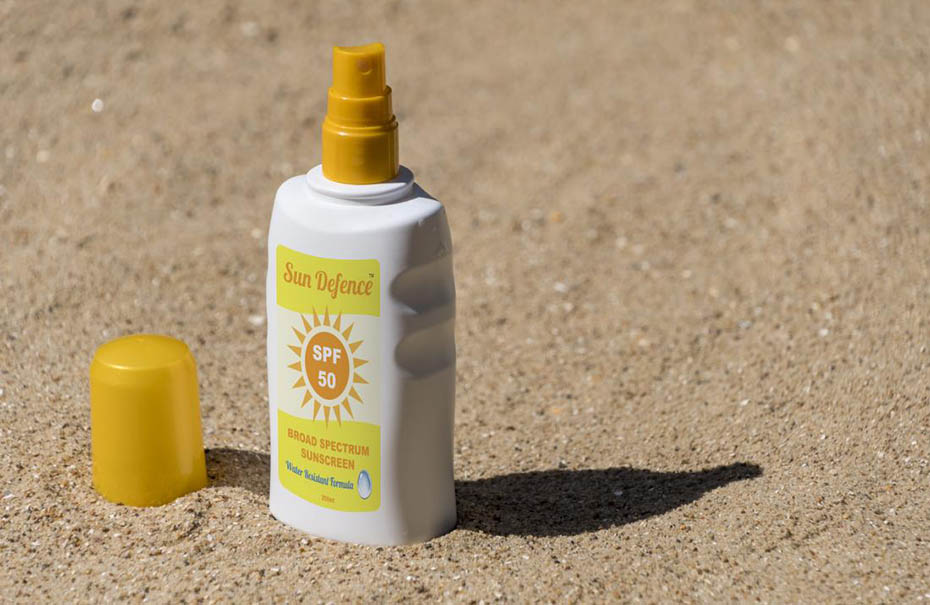
Recommended International Sunscreen Products
1. La Roche-Posay Anthelios Melt-in Milk Sunscreen SPF 100
Recommendation: This French sunscreen is renowned for its high SPF and gentle formulation, making it suitable for all skin types, especially sensitive skin. It has a lightweight texture that absorbs quickly without leaving a greasy residue.
2. Neutrogena Ultra Sheer Dry-Touch Sunscreen SPF 100
Recommendation: Offering robust protection against both UVB and UVA rays, this sunscreen is perfect for outdoor activities. Its Dry-Touch technology ensures a non-greasy, matte finish.
3. EltaMD UV Clear Broad-Spectrum SPF 46
Recommendation: Ideal for sensitive and acne-prone skin, this sunscreen provides broad-spectrum protection and includes niacinamide to help improve skin texture and tone.
4. Biore UV Aqua Rich Watery Essence SPF 50+
Recommendation: This Japanese sunscreen is highly praised for its ultra-lightweight texture and high efficacy. It’s perfect for daily use, leaving no white cast and providing a fresh, hydrating feel.
5. Supergoop! Unseen Sunscreen SPF 40
Recommendation: This transparent, oil-free sunscreen is suitable for all skin types. Its unique formula can double as a primer, making it an excellent choice for under makeup.

Incorporating Sun Protection into a Simple Skincare Routine
Integrating sunscreen into your daily skincare routine is straightforward and essential for maintaining healthy skin. Here are the steps:
1. Cleansing
Start your day with a thorough cleanse to remove dirt and excess oils. Choose a cleanser suited to your skin type to ensure a fresh base for applying sunscreen.
2. Moisturizing
After cleansing, apply a moisturizer to keep your skin hydrated. Opt for a lightweight moisturizer that won’t interfere with the sunscreen application.
3. Applying Sunscreen
Apply sunscreen generously to all exposed areas of skin, ensuring even coverage. Don’t forget areas like the neck, ears, and hands. Reapply every two hours, or more frequently if swimming or sweating.
4. Makeup Application
If you wear makeup, apply it after the sunscreen has absorbed. Consider using makeup products with additional SPF for extra protection.
5. Reapplication
Reapply sunscreen every two hours, especially if you are outdoors, sweating, or swimming. Carry a portable sunscreen spray or powder for convenient reapplication throughout the day.
Choosing the right sunscreen is key to protecting your skin from the harmful effects of UV radiation. By understanding the differences between UVA and UVB rays, the benefits and drawbacks of physical and chemical sunscreens, and incorporating sun protection into your daily routine, you can maintain healthy, beautiful skin. Internationally recommended products like La Roche-Posay, Neutrogena, EltaMD, Biore, and Supergoop! offer reliable protection. Let’s embrace the sun safely and keep our skin radiant and healthy!





